Stretching over 6,000 kilometers across northern China, the Great Wall stands as one of the greatest achievements in human history—both in architecture and engineering. Built over centuries by various Chinese states and dynasties to guard against nomadic invaders, parts of this ancient marvel date back to the 7th century BC, with some of its most renowned segments added during the 1500s and 1600s.
Winding through rugged mountain ridges, scenic valleys, and remote hills, the Great Wall spans from the edge of the Gobi Desert in the west to the Bohai Sea in the east. Along the way, it crosses through 15 Chinese provinces, revealing a different story at every turn.
While many of the most well-preserved and stunning sections are easily accessible from Beijing, some of the most untamed and visually striking parts lie farther out. A journey along the Great Wall of China is not just a walk through stone but a walk through time—and no visit to China is complete without standing atop its legendary battlements.
10. Shanhaiguan

Also known as the “Dragon’s Head,” Shanhaiguan marks the dramatic eastern end of the Great Wall where it meets the Bohai Sea. Although the original wall here has mostly eroded, the reconstructed sections offer an amazing view of waves crashing against the fortified stone.
The surrounding town of Qinhuangdao is protected by ancient fortifications, considered extensions of the Great Wall. Many segments remain unrestored, offering a more authentic feel compared to the tourist-heavy Dragon’s Head. Visitors can also explore the local museum, a treasure trove of information about the wall’s history and the soldiers who once guarded it.
9. Huangyaguan
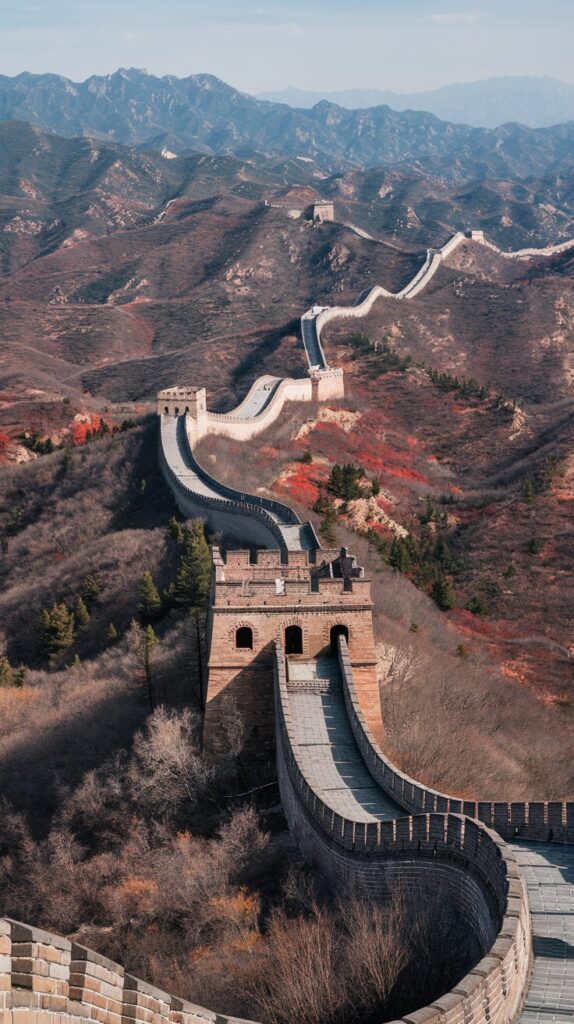
Set in a stunning mountain landscape, Huangyaguan stretches 40 kilometers through valleys and cliffs. With impressive towers and centuries-old water gates, this section once functioned as a strategic defense hub. The gates, dating back to the 1400s, were used to control water flow during enemy approaches.
Though the terrain is steep, the area is beloved by hikers. Every May, it becomes the site of the Great Wall Marathon. Think of Huangyaguan as a “miniature version” of the Great Wall—packed with breathtaking views, historic landmarks, and shorter, manageable trails. Don’t miss the Huangya Sky Ladder for panoramic sights that are simply unforgettable.
8. Juyongguan
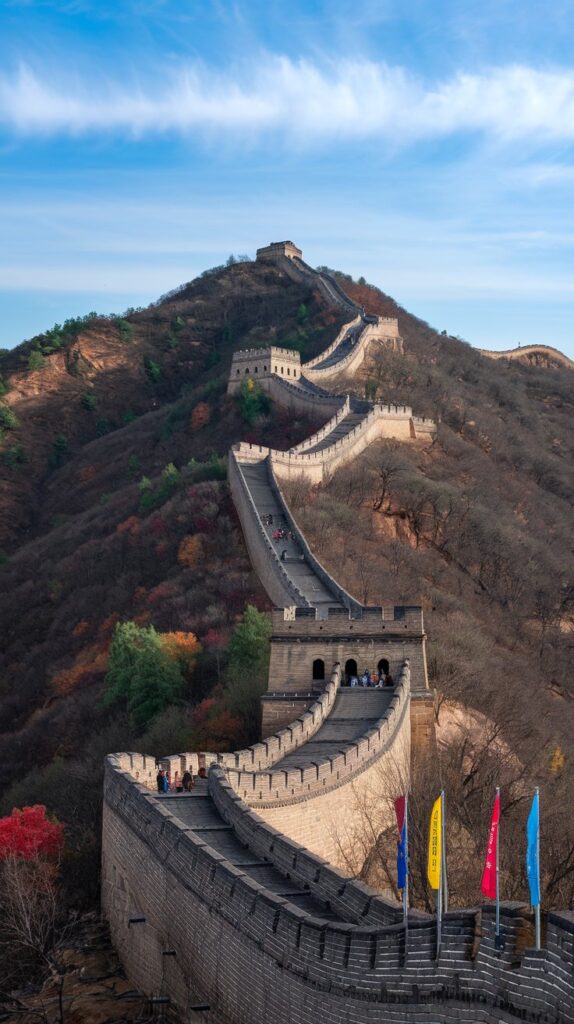
Just an hour and a half from Beijing, Juyongguan played a critical role in defending the capital. Home to Juyong Pass Fort—one of the Wall’s most imposing strongholds—this section is steeped in Ming Dynasty architecture and historical significance.
Nestled in the scenic Guangou Valley, Juyongguan was breached by Genghis Khan twice in the early 1200s. Today, it’s a popular tourist destination. Walk its ancient stones, visit the imperial Dingling Tombs nearby, and immerse yourself in Chinese history with spectacular views all around.
7. Gubeikou
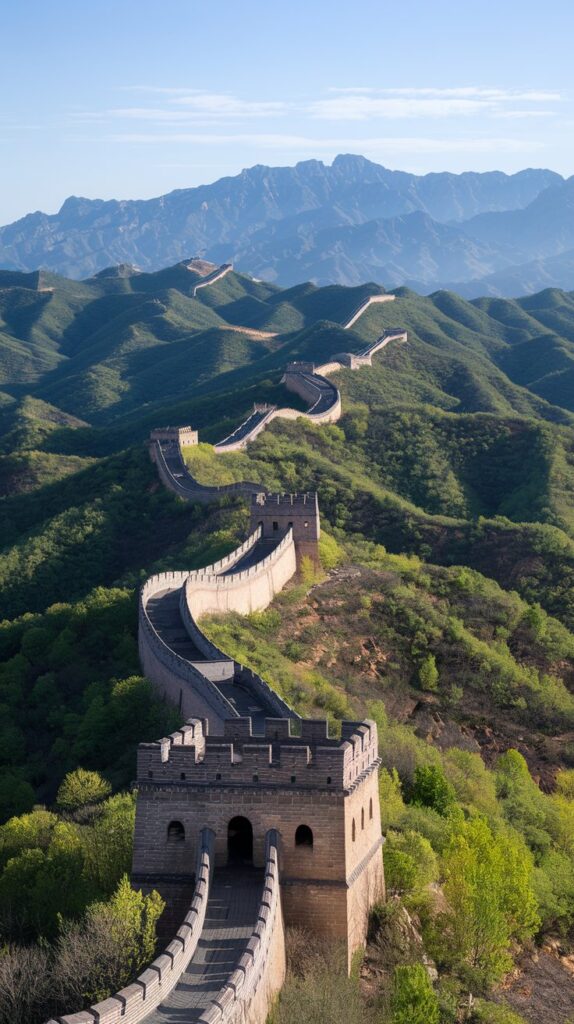
About two hours from Beijing lies Gubeikou, a rugged and largely unrestored section of the Great Wall. With decaying battlements and crumbling towers, it offers a raw, untouched experience. Over 130 battles were fought here due to its strategic location along the Yan Mountains.
Landmarks such as the General Tower and 24-Eye Tower still stand. No major repairs have been made since 1567, giving Gubeikou an authentic, ancient feel. It’s an ideal destination for history lovers and solitude-seeking hikers alike.
6. Simatai

Carving its way along the Yan Mountains, Simatai is famous for its steep, narrow ridges and breathtaking drops. It’s one of the few sections open at night, offering a magical illuminated hike under the stars. The Sky Bridge here narrows to just 40 centimeters, giving the sensation of walking in the clouds.
Watchtowers dot the wall, some just 50 meters apart, offering striking views at every turn. Add zip-lining and boat rides near the East Tower, and Simatai becomes an unforgettable blend of thrill and beauty.
5. Huanghuacheng
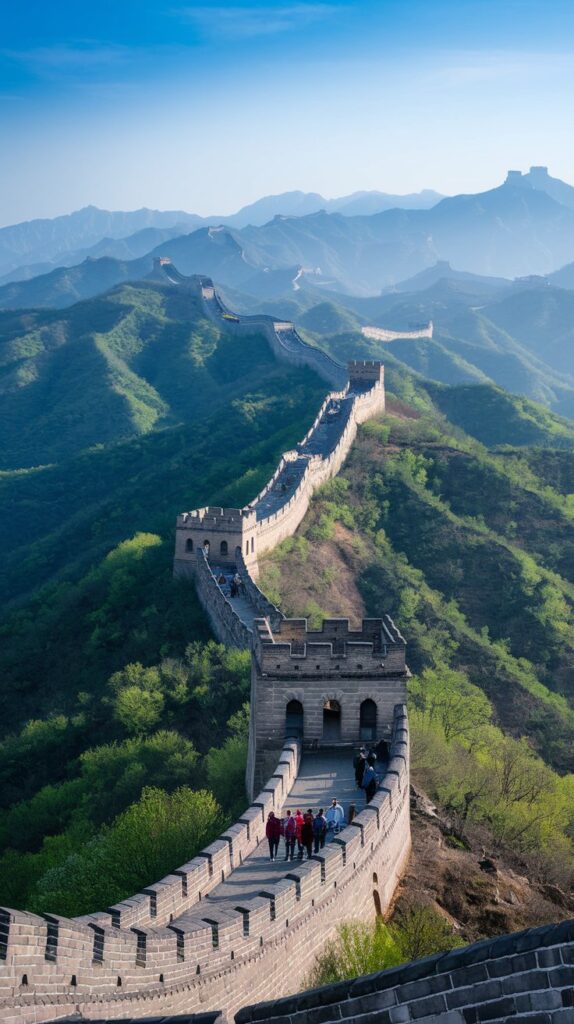
Known as the “Lakeside Great Wall,” Huanghuacheng is the only section partially submerged in water. Haoming Lake mirrors the wall, forests, and mountains that surround it, creating postcard-perfect scenery.
Due to its rugged terrain, the wall took 180 years to complete, and much of it remains untouched since 1592. Named after the yellow wildflowers that bloom here in summer, Huanghuacheng is peaceful and scenic. Hike its trails or take a boat ride to admire the wall rising from the lake.
4. Jiankou
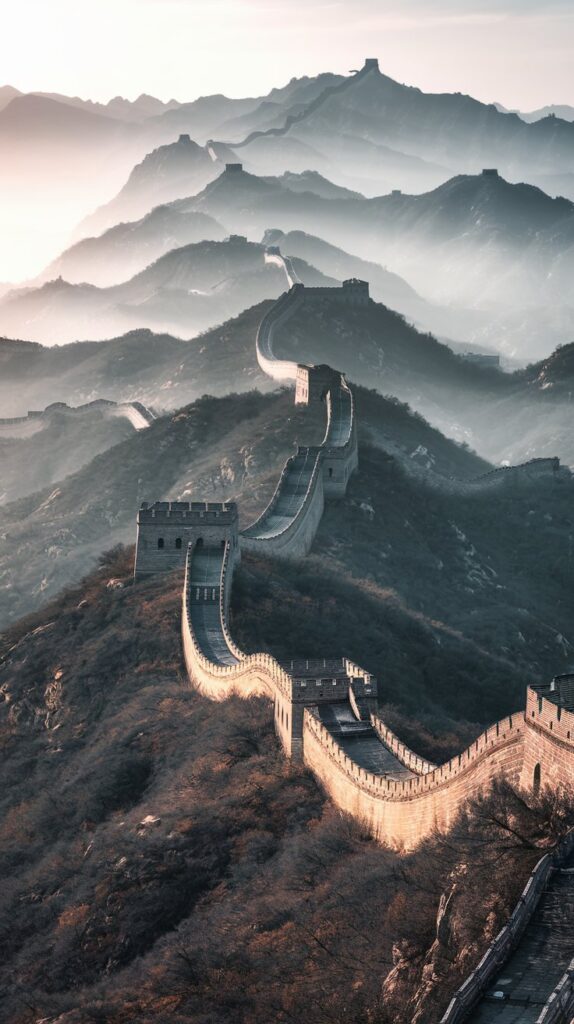
About 70 kilometers north of Beijing, Jiankou is the most dangerous—and exhilarating—section of the Wall. Completely unrestored since 1368, nature has reclaimed this part with plants growing among ancient stones.
Its steepest areas—like “Upward Flying Eagle” and “Heavenly Ladder”—are not for the faint of heart. Still, hikers are rewarded with breathtaking vistas and a chance to camp on the battlements. Don’t miss the “Beijing Knot,” where three sections of the Great Wall converge.
3. Badaling
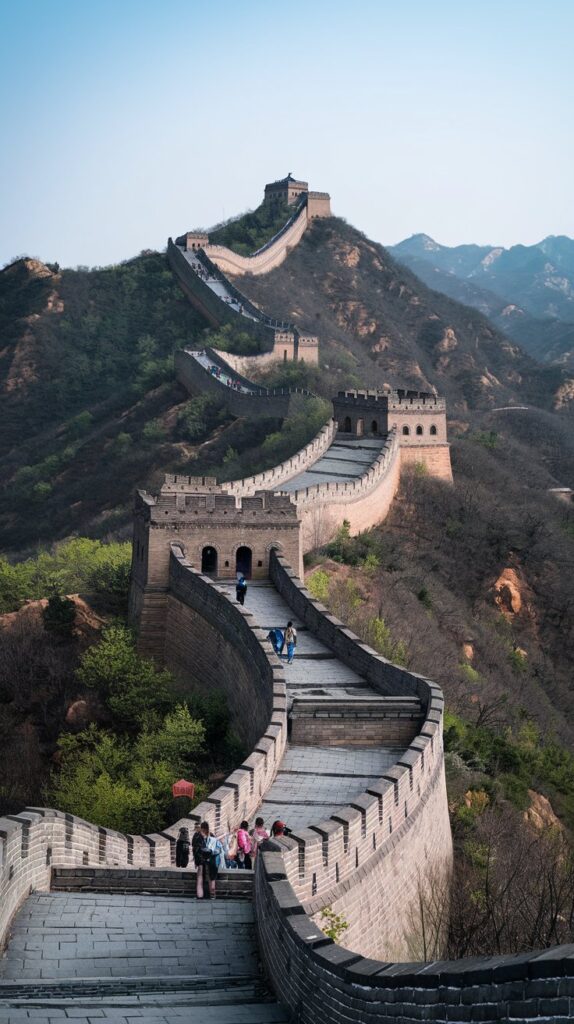
Built in 1504, Badaling is the most visited and tourist-friendly section of the Wall. Located just outside Beijing, it’s easily accessible and well-preserved. Amenities like shops, restaurants, and cable cars make it perfect for casual visitors.
Despite the crowds, Badaling offers stunning mountain views and rich historical value. Over the years, he has hosted global leaders including President Nixon and Queen Elizabeth II. If you’re short on time, this section provides a convenient and rewarding experience.
2. Jinshanling
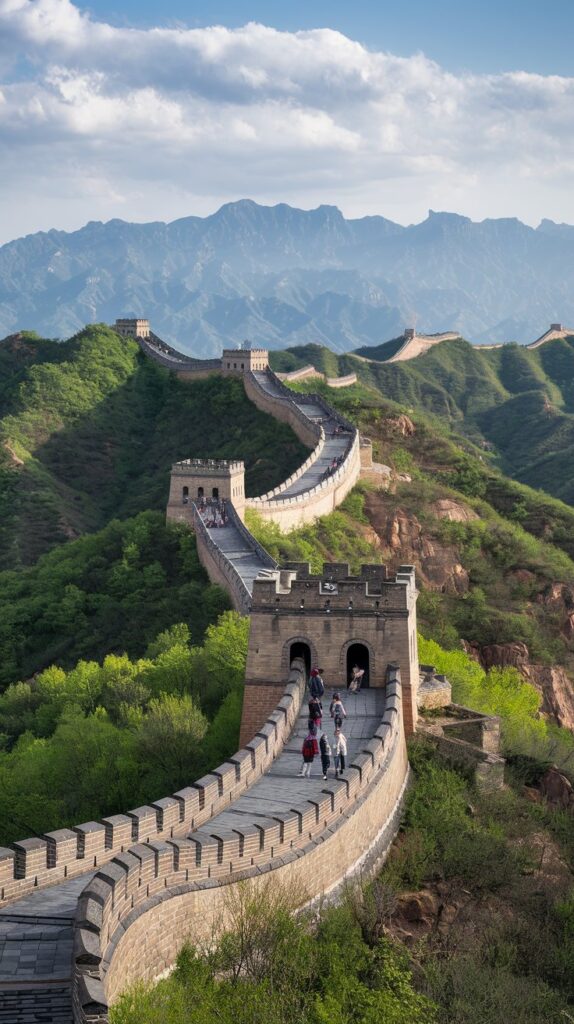
Located 130 kilometers from Beijing, Jinshanling is often called the most scenic section of the Great Wall. A blend of restored and wild stretches, it offers variety, solitude, and panoramic mountain views.
Its 10.5-kilometer stretch is dotted with 67 watchtowers, each featuring different architectural designs. A seven-hour hike from Jinshanling to Gubeikou offers a deeper connection with the Wall’s grandeur. Expect rolling ridges, sweeping valleys, and countless photo ops.
1. Mutianyu
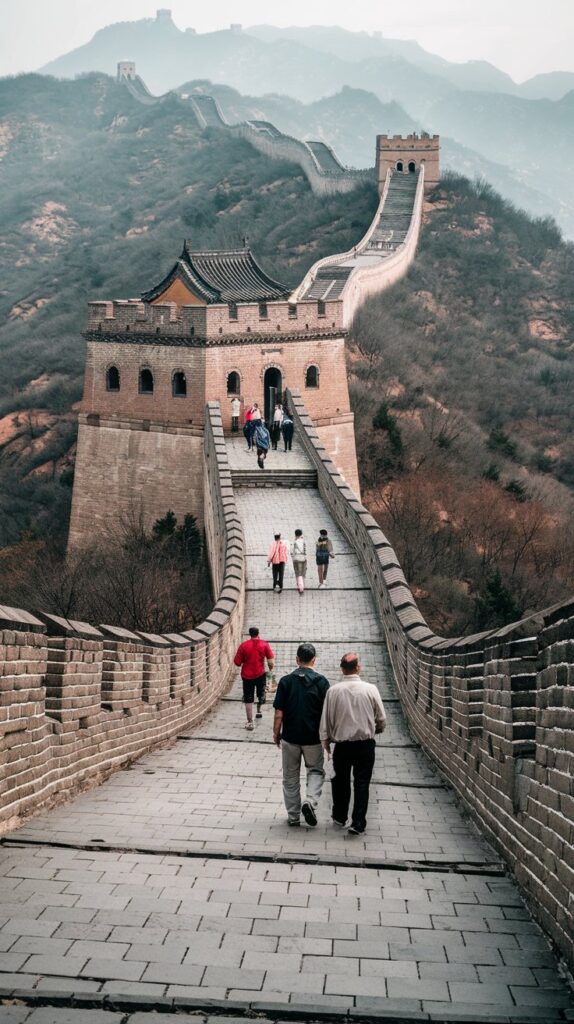
Mutianyu is a crowd favorite among international travelers, and for good reason. It’s close to Beijing yet far less crowded than Badaling. Surrounded by lush forests and dramatic hills, Mutianyu is both serene and awe-inspiring.
Visitors can hike or take a cable car to the top, then ride a fun slide down. The section is home to the longest fully-restored stretch of the Wall, making it a perfect starting point for first-time explorers. The towers and fortifications here are well-preserved, offering an incredible glimpse into China’s storied past.

